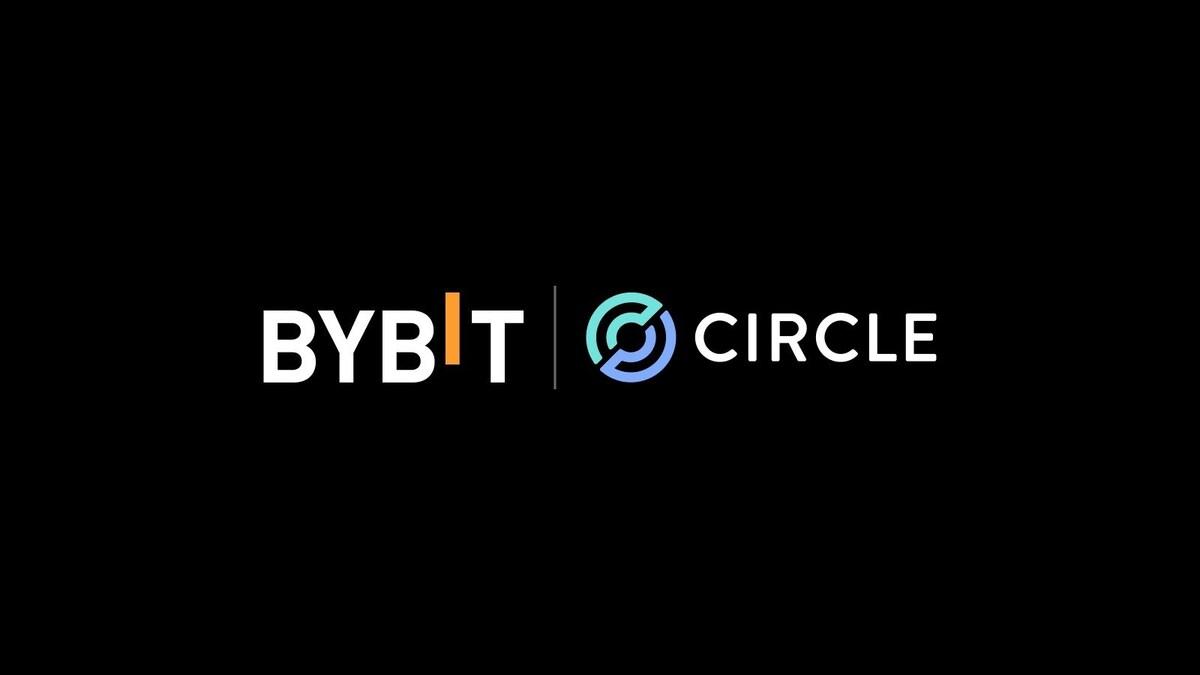Across Protocol – The Token Bridge Between Ethereum’s Layer 2 To Layer 1 Scaling Solution
The Ethereum Layer 2 scaling solutions and the Ethereum Layer 1 scaling solutions are connected via the Across Protocol, which enables tokens to freely travel between the two tiers.
What is Across Protocol?
Across Protocol is a bridge approach that makes use of bonded relayers, single-sided liquidity pools, and UMA’s Optimistic Oracle in order to facilitate distributed, instantaneous transfers. Across’s inter-chain bridge makes it easy, inexpensive, and fast to transfer funds back to the Ethereum Mainnet (L1). It is apparent from our audits, TVL in Across’ bridge, and the durability of our contracts that the Optimistic Oracle and tested smart contracts are two of the most important pillars of Across Protocol’s security. The Across Protocol connects the Layer 2 and Layer 1 scaling solutions for Ethereum, allowing tokens to move freely between the two layers. Similarly, across is a hybrid bridge solution that incorporates the use of a bonded relayer, a single-side pool, and UMA’s Optimistic Oracle. Taken as a whole, Across paves the way for cheap, near-instant, decentralized asset transfers between Layer 2 and Ethereum.
How Does Across Function?
Across Protocol is a bridge mechanism that incentivizes relayers to grant short-term loans to L1 customers. These loans are reimbursed to the relayer from liquidity pools on L1 within two hours. When money from the classical L2 transfer settles, the pool is refilled. UMA’s Optimistic Oracle (OO), which serves as a dispute resolution layer, ensures transactions. All contracts between the user sending funds and the insurer obtaining the fee are verified and validated by the OO. Users may currently bridge USDC, ETH, and UMA from L2 Arbitrum to L1 Ethereum. More information on the launch may be found here.
Across Protocol will play an important role in the ecosystem’s architecture by providing quick, safe, and cost-effective transactions. The protocol has been distributed to the community in order for it to be integrated into a full ecosystem. While UMA is currently developing Across, the community has already gotten deeply involved with the project.
Across Protocol notable features
According to Across website, this protocol offers user the three outstanding features: Fast, Secure and Cost-efficient.
Fast
The pace at which assets may be transferred across the bridge is high. The project ensures a transfer time of between 1 and 2 minutes for your funds (depending on whether you employ fast or slow relayers) or, more particularly, the time you specify when paying additional fees. There will also be a delay for liquidity providers, and relayers may take up to two hours. To utilize Across Protocol, you’ll need to pay one of three different kinds of fees:
Transaction costs incurred while dealing with a liquidity provider (as determined by protocol): Since liquidity providers must wait for the bridge slow relayer to move tokens from L2 to L1, customers who bridge tokens from L2 to L1 benefit from instant liquidity on L1 immediately.
- Paying a premium for slow forwarding (set by the user).
- User-determined instant forwarding fee: Users might choose to pay a premium (the “instant forwarding charge”) in exchange for a faster withdrawal processing time.
- From the time a user makes a transfer, remitters and liquidity providers are compensated properly through the incentive mechanism in place.
- With the help of liquidity providers, the time it takes to move cash to users may be minimized, and the transition can be sped up with the help of relayers through the use of an incentive fee structure.
Secure
The usage of UMA’s Optimistic Oracle, which allows smart contracts to bring off-chain data on-chain, is a major driving force in Across Protocol’ security. The oracle operates optimistically, which means it thinks responses are correct unless they are challenged. Here are some significant security benefits of employing the Optimistic Oracle:
- There is no one administrator or key master: Anyone can ask for a price or challenge an answer. Using the Optimistic Oracle ensures that no one or object has centralized, decision-overriding authority, which may allow for corruption.
- Simple incentive mechanism for proper voting: If you’re right? The protocol generates $UMA inflation incentives for you. Incorrect? There will be no reward and maybe a lot of FOMO.
- UMA voters have a decentralized kill switch that allows them to ignore or stop plainly harmful or spam-like requests. Furthermore, spam-like requests that try to flood the system are improbable in the first place, because each DVM pricing request costs money.
- Incentives for token holders: Token holders are financially motivated to vote wisely since if the system fails, so does their investment. Very big UMA holders, in particular, are disincentive to act dishonestly since they would sink the token’s price if they ever rigged the vote.
- The Optimistic Oracle assures that no one will be able to effectively hack this system without spending more money than they could make. The Optimistic Oracle is mostly protected by economics. The code is straightforward because it implicitly expects that the DVM will deliver the proper pricing and that humans will resolve issues correctly. You’re counting on UMA voters, which, as history has proven, is a pretty safe bet to make.
Across prioritizes the objective of creating something extraordinarily secure, guaranteeing that its methods lay the foundation for inexpensive, rapid, and secure chain transfers. The Optimistic Oracle offers both theoretical and economic assurances, while our audit reports, TVL, and millions of dollars that have already traversed the bridge demonstrate our prior experience of security and verified smart contracts.
Cost-efficient
A few factors influence how expensive Across Protocol fees are:
- Parameterization of the fee model
- Currently in use (pool size and current amount of pool used)
- The current basic gas price
For a variety of factors, the team is routinely able to charge much lower prices than competitors. D2B versus AMM: Across is a D2B (Direct to Bridger)-style bridge, as they’ve dubbed it. The majority of bridges employ an AMM-style bridge, which presents the possibility of slippage. Across does not have these slippage difficulties with D2B bridge – what you see is what you get. This has the added benefit of lowering the gas expenses associated with utilizing the bridge.
Bundling: There are less gas expenses when numerous payment transactions are combined into one, which immediately translates to cheaper rates for our consumers. Bundling works best when there are a lot of transactions involved — the more it’s utilized, the cheaper the gas component of the charge will be. If doing one relay costs 0.01 ETH, doing ten relays as a bundle using Across costs less than 0.1 ETH. Across Protocol bridge differs from others in that it attempts to be more aggressive with bundling, and by doing so, it passes those savings on to Across consumers.
Liquidity Aggregation: In Across V1, the team aggregates the LP liquidity on L1. They have a single liquidity provider pool with all of the funds, preventing fund fragmentation. Because LP fees account for a significant portion of the rates, lowering this cost allows them to charge reduced prices to consumers.
Conclusion
It is critical to have a reliable bridge that you can use in an emergency. This is particularly true in light of recent occurrences. With its hybrid pool/peer-peer design, access to pooled resources, and Across demand-based pricing mechanism, the Across Protocol is capable of providing consistent bridging. This implies that Across can undertake big bridge transfers, but other bridges cannot due to a lack of liquidity.
DISCLAIMER: The Information on this website is provided as general market commentary and does not constitute investment advice. We encourage you to do your own research before investing.
Join us to keep track of news: https://linktr.ee/coincu
Chubbi
Coincu News














